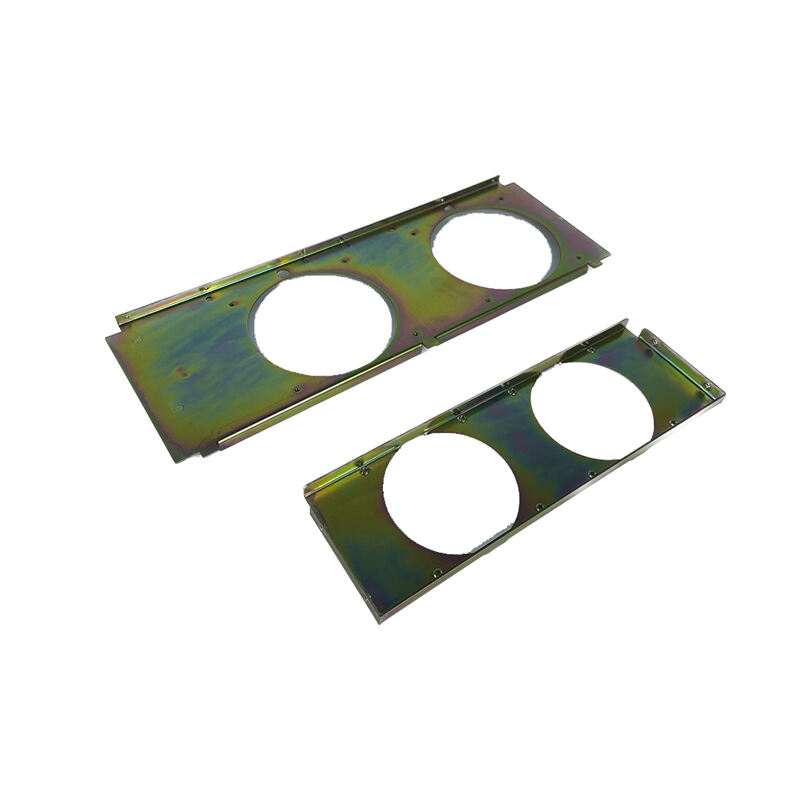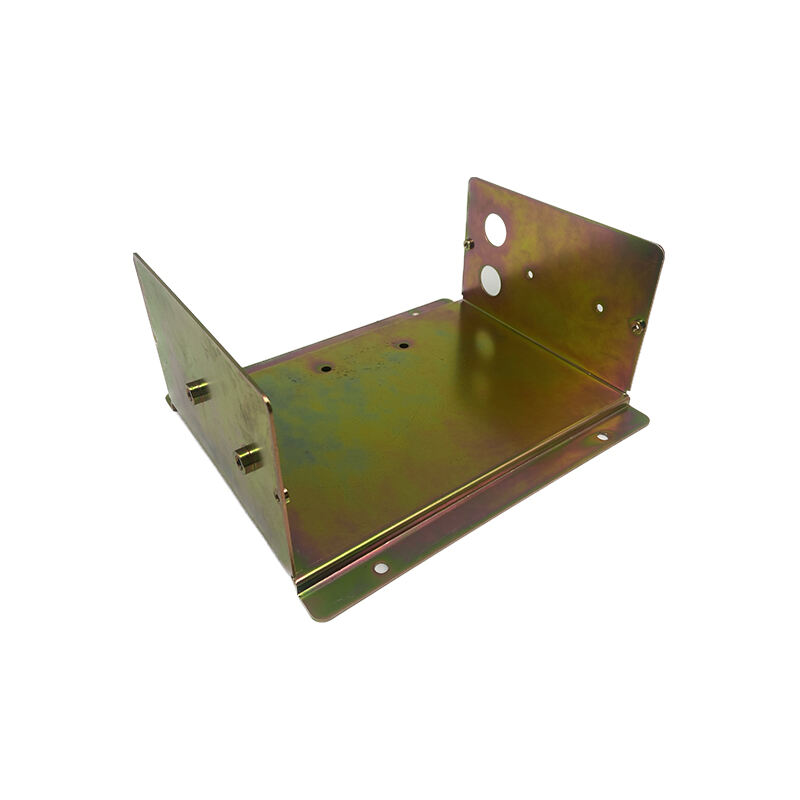sheet metal stamping
Sheet metal stamping is a sophisticated manufacturing process that transforms flat metal sheets into specific shapes through controlled deformation. This versatile technique employs specialized tools and dies to create complex components used across various industries. The process begins with feeding sheet metal through a stamping press, where tools apply precise pressure to cut, bend, or form the material into desired configurations. Modern sheet metal stamping incorporates advanced technologies such as progressive dies, which perform multiple operations in sequence, and automated feeding systems that ensure consistent production quality. The process can handle various materials, including steel, aluminum, copper, and brass, with thicknesses ranging from thin foils to several millimeters. Key applications include automotive components, electronic device housings, aerospace parts, and consumer goods. The technology excels in producing high-volume, precise components while maintaining tight tolerances and ensuring repeatability. Sheet metal stamping can create features like holes, flanges, embossments, and complex geometries in a single operation, making it highly efficient for mass production. The process also supports secondary operations such as finishing, coating, and assembly, providing comprehensive manufacturing solutions for diverse industrial needs.


